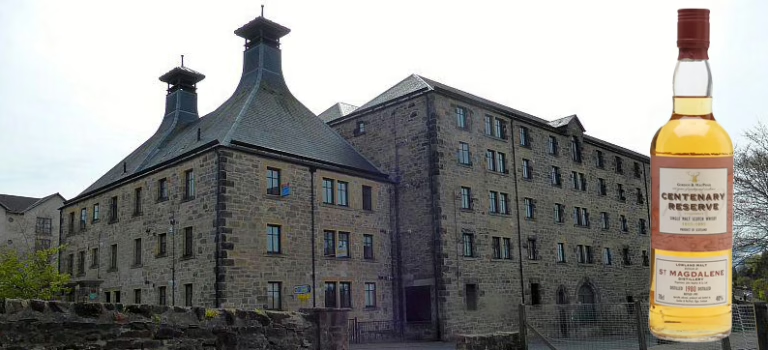Recent Ardbeg Day releases have drawn diverse critical opinions. While some reviewers have applauded their distinctive features, others have pointed out flaws. These releases are recognised for their innovative methods, such as altering the distillation process to enhance the spirit’s texture, as demonstrated by the 2023 Ardbeg Heavy Vapours. However, some critics argue that these experiments often produce whiskies that feel underdeveloped or imbalanced, despite their intriguing ideas. Certain releases have earned praise for their unique flavour profiles, yet others have been criticised for being overpriced relative to their quality and likely age. To mark the Committee’s 25th anniversary, Ardbeg introduced a more budget-friendly NAS Committee Release, Ardbeg Eureka, whose reception remains to be seen, so let’s see how it fares.
Read more








